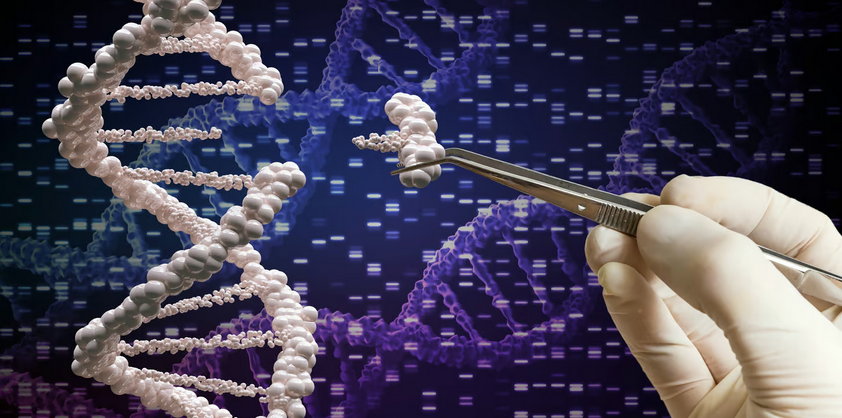Modified viruses have proven a handy way to get CRISPR/Cas9 gene editing materials into the nucleus of cells – but they’re expensive, difficult to scale and potentially toxic. Now, researchers have found a non-viral approach that does the job better.
Most have heard of CRISPR/Cas9, the gene-editing technology that’s revolutionized biomedical research. Now, researchers have added another tool to the gene-editing toolbox after discovering a new way of using the technology that improves its editing efficiency and provides a new way to repair DNA.
Elon Musk says he’s found a woman to lead Twitter as new CEO
CRISPR/Cas9 tech was adapted from a naturally occurring genome editing system bacteria use as an immune defense. When bacteria are infected by a virus, they ‘cut off’ a small piece of the virus’s DNA and insert it into their own in a particular arrangement known as a CRISPR array. This means the virus can be recognized later and, if it re-invades the bacteria, can be targeted for destruction.
Read more: New Atlas





































